It appears with 99% certainty that your kitten is a chronic feline herpes virus sufferer This condition is caused by the feline rhinotracheitis virus, a herpes virus, which is a virus that cats get that affects their upper respiratory system Feline viral rhinotracheitis, FVR for short, affects almost all cats at some point during their lifetimeHerpesvirus or FHV1 is an infection of the airways that is often associated with feline caliciviruses, both responsible for cat flu Herpes tends to remain latent (inactive) after it has been treated and many cats end up being lifelong carriers Therefore it is important to know how to treat this disease properly in order to deal with itFeline herpesvirus (FHV1) is a viral infection that is unique to cats;
Feline Herpes Virus
Feline herpes virus treatment
Feline herpes virus treatment-The medical term for feline herpes is feline viral rhinopneumonitis (FVR) or feline herpesvirus type 1 (FHV1) It is also known as cat flu or cat herpes It is a virus that is prone to a feline herpeFeline herpes virus is also known as feline rhinotracheitis or FHV1 This virus is contagious and infected cats transmit the infection to healthy pets through the saliva, nasal or eye discharge and sneezing Although the treatment works on most pets, cat's that suffer from underlying health conditions and pets with weak immune systems are likely to succumb to the disease



What Can Be Done About Feline Herpesvirus Paws And Effect
Feline Herpes Virus Feline viral rhinotracheitis (FVR) is an upper respiratory or pulmonary infection of cats caused by felid alphaherpesvirus 1 (FeHV1), of the family Herpesviridae It is also commonly referred to as feline influenza, feline coryza, and feline pneumoniaIf your cat suffers from an upper respiratory infection, it's likely that the feline herpesvirus is behind it Known as feline herpesviral rhinotracheitis, an affected cat exhibits fever, nasal discharge, sneezing, drooling, enlarged lymph nodes and an eye infection Very sick cats might develop mouth sores or corneal inflammationMany kittens are infected by their mothers early in life Symptomatic cats that are housed with other cats will infect each other easily, which is why it is very common in both shelter cats and cats obtained by a breeder
Nearly all cats are exposed to feline herpesvirus (FHV) Some develop more effective immunity against it than others, and many become carriers of the disease Furthermore, the virus commonly goes into a "latent" state, in which it lives in the nervous system of cats without causing signs of diseaseFELINE HERPES VIRUS Young and adolescent cats are most susceptible to this common infection Up to 97% of cats are exposed to feline herpes virus in their lifetime, and the virus causes a lifelong infection in up to 80% of exposed cats Of these, up to 45% will periodically shed the virus, usually when stressedFeline herpes virus is so widespread that in some areas 90% of cats are exposed to it Of the cats exposed to herpes virus, 80% become lifelong carriers and a risk to other cats Of the 80% that are carriers, 50% experience a flare up of symptoms at times of stress
What is Feline Herpes Virus?Feline herpesvirus (FHV) in cats is a virus that can lead to the upper respiratory infection known as feline viral rhinotracheitis (FVR), plus general eye problemsThis virus is very contagious among cats, and it causes one of the most common infections in catsFeline herpesvirus (FHV) in cats is a virus that can lead to the upper respiratory infection known as feline viral rhinotracheitis (FVR), plus general eye problems This virus is very contagious among cats, and it causes one of the most common infections in cats


Feline Herpesvirus Disease In Cats Vetlexicon Felis From Vetstream Definitive Veterinary Intelligence



Feline Herpesvirus Natural Treatment No Lysine
Many kittens are infected by their mothers early in life Symptomatic cats that are housed with other cats will infect each other easily, which is why it is very common in both shelter cats and cats obtained by a breederFeline herpes, also known as FVR (feline viral rhinopneumonitis) and FHV1 (feline herpesvirus type 1), is an infectious disease known to affect only cats, domestic and wild The virus is a majorFeline Herpes Virus type1 (FHV1) is the most common cause of ophthalmic diseases affecting cats FHV1 is species specific and highly contagious Over 90% of cats are seropositive for the virus Most cats are exposed to the virus between 8 and 12 weeks of age and contact the virus via direct contact, aerosolization or fomites



Fhv1 Feline Herpes Virus Cat Genimal Biotechnologies



What Can Be Done About Feline Herpesvirus Paws And Effect
Feline herpes is a very common upper respiratory infection in cats and kittens alike It is estimated that as many as 80 to 90 percent of cats to have feline herpes1, also called feline rhinotracheitis virus Some cats who become infected with feline herpes are latent carriersThe official name for feline herpes is feline viral rhinopneumonitis and it is also known as feline herpesvirus type 1 This is an infectious viral disease that affects both domestic and wild cats It is one of the major causes of conjunctivitis and respiratory infectionsFeline herpes virus goes by a variety of names, feline herpes, herpes1, herpesvirus1, FHV1, rhinotracheitis, and feline viral rhinotracheitis (FVR) The herpes virus is the most common cause of upper respiratory infections in cats, followed by feline calicivirus Upper respiratory infections affect the eyes, nose, mouth, throat, and sinus areas



Cat Herpes Healthy Paws
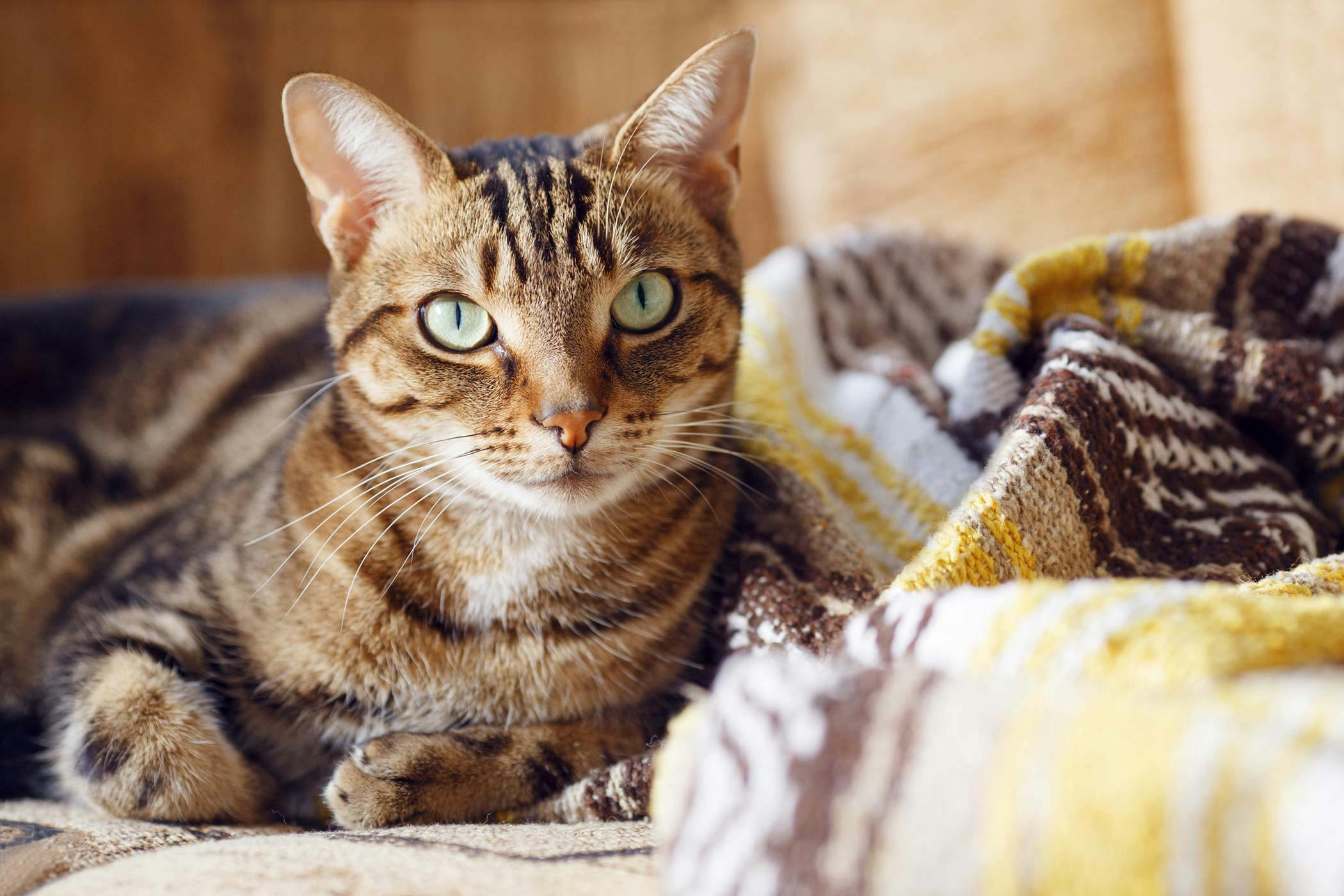


Feline Herpesvirus Infection In Cats In Cats Symptoms Causes Diagnosis Treatment Recovery Management Cost
It is important to note that many cats fully recover from herpes viral conjunctivitis and become carriers of the virus for life Other cats may contract FHV1 infection from contact with an infected cat It is common for entire households of cats to be infected with FHV1 and experience periodic outbreaksFeline herpes viral infection signs vary from days to weeks as there is no exact duration of the virus in the cat but shedding of the virus may continue up to three weeks The virus survives for about two days in open air before dying off but virtually all feline (cats) are potential carriers as the virus inactively remains and persists in theFeline viral rhinotracheitis (FVR) is an upper respiratory infection of the nose and throat in cats It is caused by, and also know as feline herpesvirus 1 (FHV1) Cats of all ages are susceptible, but kittens are at a higher risk and may be infected at about five weeks of age



All About Feline Herpes Great Pet Care
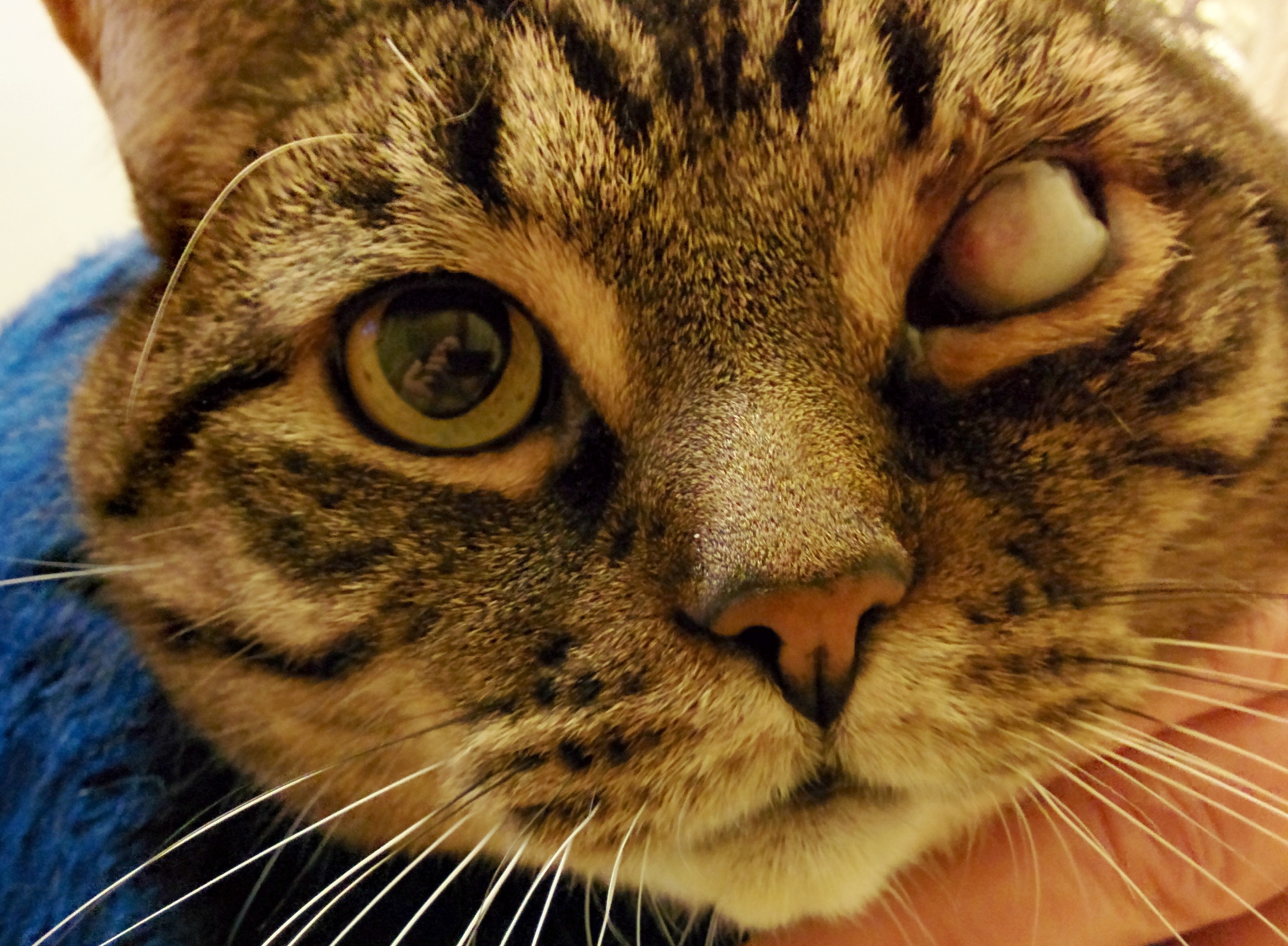


Kitty Herpes It S Not What You Think King S Ridge Veterinary Clinic
The main signs that cats with the virus display clinically are Upper respiratory infection sneezing, nasal discharge, conjunctivitis, discharge from eyes, lethargy and weakness, dribbling, not wanting to eat, Eye problems including infection that affects the clear part of the cat's eye (theTreating Cats with Feline Herpes Any time a cat seems to be having respiratory issues, it's recommended to set up a vet appointment;Herpes is a highly contagious virus;



Signs And Treatments Of The Feline Herpes Virus Entirelypets Blog
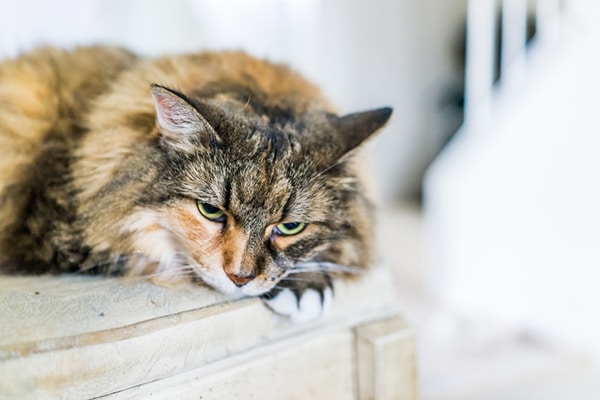


Feline Herpes It Sounds Scary But It S Manageable Catster
It is important to note that many cats fully recover from herpes viral conjunctivitis and become carriers of the virus for life Other cats may contract FHV1 infection from contact with an infected cat It is common for entire households of cats to be infected with FHV1 and experience periodic outbreaksFeline viral rhinotracheitis ( FVR) is an upper respiratory or pulmonary infection of cats caused by Felid alphaherpesvirus 1 (FeHV1), of the family Herpesviridae It is also commonly referred to as feline influenza, feline coryza, and feline pneumonia but, as these terms describe other very distinct collections of respiratory symptoms, they are misnomers for the conditionThe feline herpes virus is species (or at least family, in the classificationofanimals sense) specific It affects only cats (but not necessarily only domesticated cats) It is highly contagious



Feline Viral Rhinotracheitis Wikipedia


Feline Herpes Virus
Ocular infection with the feline herpesvirus is extremely common in cats The virus is everywhere Most cats are exposed as kittens Kittens may be infected by the mother cat even at birthHowever, sneezing alone will not likely require treatment The goals of treating feline herpes are to stop the virus from replicating and, to the extent that is possible, eliminate the virus altogetherOcular disease due to feline herpesvirus (FHV) is common It is estimated that 80% of cats are latently infected with the virus, and approximately 40% of these cats will suffer recrudescent infection in later life These estimates are based on data that is several decades old, and the actual percentages may be higher



Vaccination Of Cats Against Infectious Upper Respiratory Disease Today S Veterinary Practice
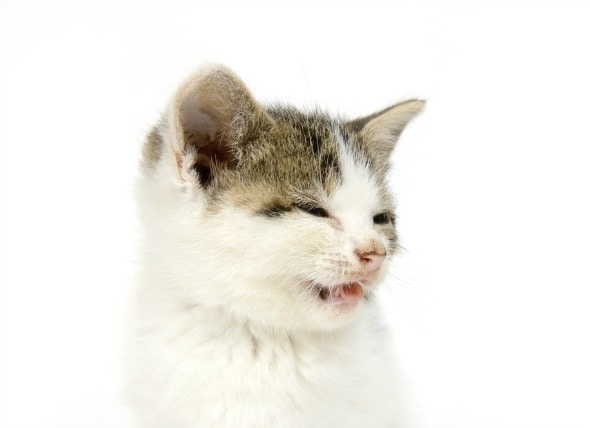


Feline Herpesvirus 1 Fhv 1 Infection Head Cold In Cats Petmd
The feline herpes virus 1 is most commonly found in cats who are in shelters, rescues, or multicat households and catteries Furthermore, when cats are shedding the virus it spreads easily through saliva, sneezing, or eye fluids making it highly contagious Symptoms of feline herpes virus 1 Common symptoms for FHV1 can include SneezingNearly all cats are exposed to feline herpesvirus (FHV) Some develop more effective immunity against it than others, and many become carriers of the disease Furthermore, the virus commonly goes into a "latent" state, in which it lives in the nervous system of cats without causing signs of diseaseThe feline herpes virus is responsible for the sometimes severe upper respiratory infection known as feline viral rhinotracheitis, or influenza In addition to inducing sneezing, wheezing and coughing, the feline herpes virus causes eye infections in affected cats


Holistic Support For Feline Herpes Virus 1 Purrrfectly Holistic A Boutique For Cats Purrrfectly Holistic A Boutique For Cats



Feline Herpes Virus Causes Symptoms Treatment Northeast Veterinary Dermatology Specialists
Herpesviridae is a large family of DNA viruses that cause infections and certain diseases in animals, including humans The members of this family are also known as herpesvirusesThe family name is derived from the Greek word herpein ("to creep"), referring to spreading cutaneous lesions, usually involving blisters, seen in flares of herpes simplex 1, herpes simplex 2 and herpes zoster (shingles)What causes Feline Ocular Herpes?Herpesvirus or FHV1 is an infection of the airways that is often associated with feline caliciviruses, both responsible for cat flu Herpes tends to remain latent (inactive) after it has been treated and many cats end up being lifelong carriers Therefore it is important to know how to treat this disease properly in order to deal with it


Feline Herpesvirus The Pet Professionals
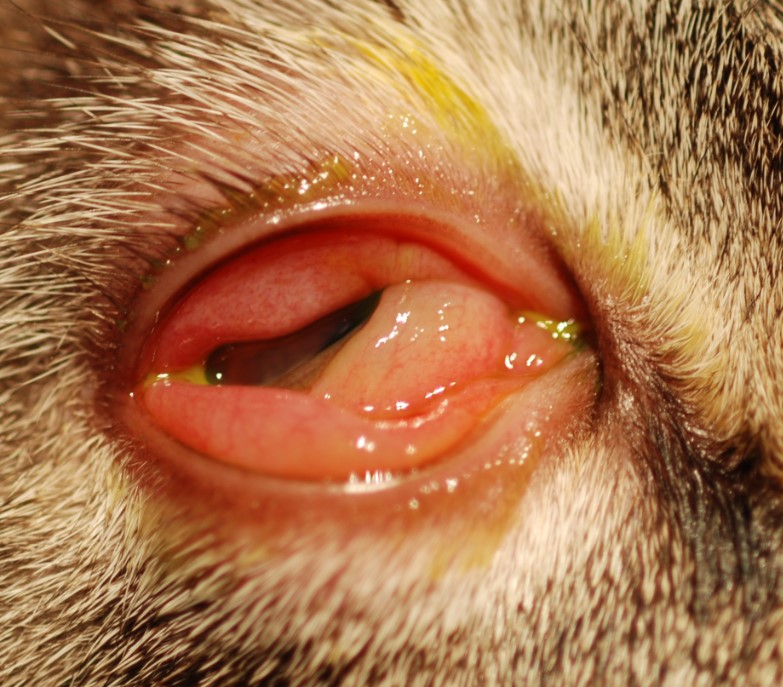


Feline Herpesvirus Therapeutic Review Mspca Angell
Sneezing "attacks" Discharge from the nose and eyes Conjunctivitis or pink eye (inflammation of the eyelid) Lesions in and around the eyes Eye ulcers Congestion Fever Depression Loss of appetite DroolingRecovered cats will shed virus for weeks to months, although they may not be contagious to incontact cats Traditional FCV vaccines do not protect against VSFCV Feline Herpesvirus Feline herpesvirus1 belongs to the Varicellovirus genus of the Herpesviridae family and is an alphaherpesvirus The herpesvirus family is a large and diverseThe feline herpesvirus (FHV1) is a highly contagious virus that is one of the major causes of upper respiratory infections in cats and kittens One of the many potential longterm sequela of exposure to this virus is damage to the ocular and periocular tissues



Dermatology Clinic For Animals Feline Herpes Virus Dermatitis In Tacoma Wa Dermatology Clinic For Animals
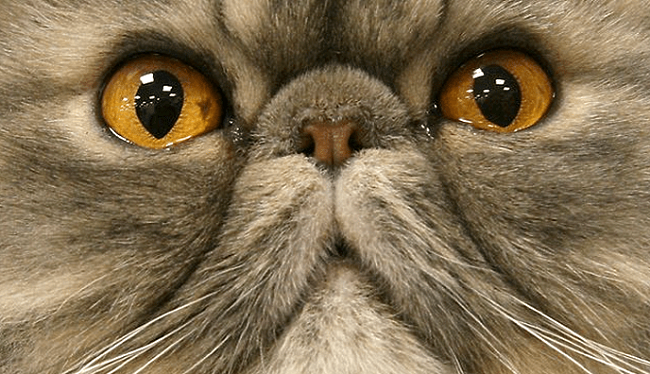


Feline Herpes Virus Best Cat Product Reviews Tip
Corneal ulcer due to herpes virusbefore antiviral treatments Same cat 3 weeks laterhealed Kitten with a severe herpetic infection (conjunctivitis) before treatment Same kitten 9 days into therapyinfection about 90% controlledFeline herpesvirus conjunctivitis a form of primary conjunctivitis caused by the highly infectious feline herpesvirus (FHV1) Herpesvirus infection is the most common cause of conjunctivitis in cats In most cases, herpesvirus conjunctivitis is selflimiting and will resolve within two weeksLlysine is used to control the herpes virus Antibiotics only clear up the secondary bacterial infection, will not touch the virus itself, which is not curable I don't agree that cats with herpes need grain free diet, but every case is different Tolly has herpes, and until he began llysine there was a time I thought he would lose his eyes



What Do You Mean My Cat Has Herpes
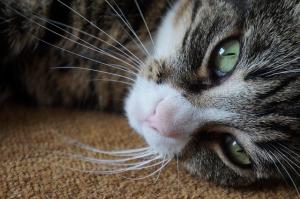


Feline Herpes Virus Fhv 1 Viovet Blog
Herpes Infections in Dogs High Blood Pressure in our Pets Hip Dislocation in Dogs and Cats Hip Dysplasia in Dogs Feline Immunodeficiency Virus (FIV) Feline Infectious Peritonitis (FIP) Feline Leukemia Virus (FeLV) FIV Vaccine Flea Anemia in Cats and Dogs Flea Control for Allergic Dogs and CatsHerpes Virus in Cats Feline herpesvirus (FHV in cats) is a virus spread among cats that primarily causes herpes upper respiratory infection including ocular or eye disease While similar to the herpesvirus that affects humans, feline herpesvirus cannot infect humans, nor can human herpes affect catsHerpesvirus infection, also known as feline viral rhinotracheitis (FVR), is an infectious disease caused by feline herpesvirus type1 As with other herpes viruses, the virus is very species specific, and is only known to cause infections in domestic and wild cats The virus can infect cats of all ages
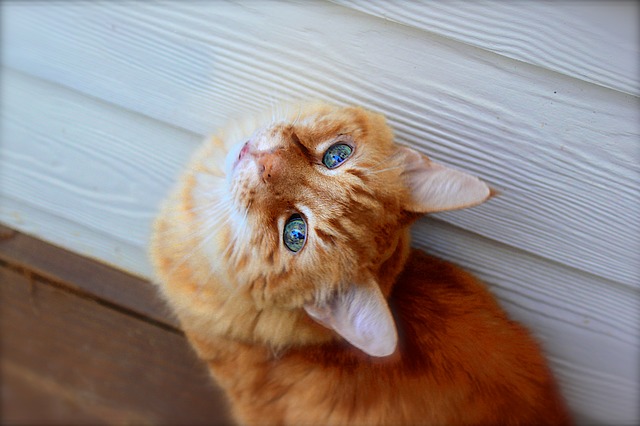


Call A Veterinarian If Feline Herpes Virus Strikes Kitty Hastings Veterinary Hospital



Feline Herpesvirus In The Cattery
Feline herpesvirus (FHV, FHV1) is a highly contagious virus that is one of the major causes of upper respiratory infections (URIs) or cat flu in cats This virus is ubiquitous and causes disease in cats all over the world See also Upper respiratory infections (URIs, Cat flu) in cats Together, FHV and feline calicivirus cause the vast majority of URIs in catsFeline herpesvirus is a virus that is more commonly seen in the spring and summer, when kittens are born Young, unvaccinated kittens are more at risk for this infection, as are immunosuppressed cats (due to feline immunodeficiency virus FIV, feline leukemia FeLV or feline infectious peritonitis FIP)What Are the Symptoms of Feline Herpes?
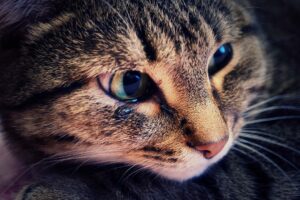


Feline Herpesvirus Fhv Bluepearl Pet Hospital



Feline Viral Rhinotracheitis Wikipedia
It is not contagious to people or dogs Herpes is a highly contagious virus;Herpes is a very contagious virus, in humans the most common herpes virus is that of cold sores, while in cats the virus causes different symptoms Although the virus has the same name, herpes is specific to species This which means that human herpes virus only affects humans and the feline version, catsFeline herpesvirus is a highly contagious virus in cats usually transmitted through sneezing or grooming Like many herpesviruses, FHV1 can infect cells and remain dormant indefinitely, often referred to as a latent infection Because most cats have latent FHV1 infections, many will have severe issues at some point in their lives


K2 Animal Health Publishing Ce Quizzes 3


South Texas Veterinary Ophthalmology
Sometimes called Feline Viral Rhinotracheatitis (FVR), feline herpes virus is a major cause of upper respiratory disease and conjunctivitis in cats It is caused by feline herpesvirus type1 (FHV1) and cats become infected through direct contact with the virusHerpesviridae is a large family of DNA viruses that cause infections and certain diseases in animals, including humans The members of this family are also known as herpesvirusesThe family name is derived from the Greek word herpein ("to creep"), referring to spreading cutaneous lesions, usually involving blisters, seen in flares of herpes simplex 1, herpes simplex 2 and herpes zoster (shingles)Feline viral rhinotracheitis (FVR) is an upper respiratory or pulmonary infection of cats caused by Felid alphaherpesvirus 1 (FeHV1), of the family HerpesviridaeIt is also commonly referred to as feline influenza, feline coryza, and feline pneumonia but, as these terms describe other very distinct collections of respiratory symptoms, they are misnomers for the condition



Herpesvirus Infection In Cats Feline Viral Rhinotracheitis Vca Animal Hospital


Feline Herpesvirus Infection
Herpes Infections in Dogs High Blood Pressure in our Pets Hip Dislocation in Dogs and Cats Hip Dysplasia in Dogs Feline Immunodeficiency Virus (FIV) Feline Infectious Peritonitis (FIP) Feline Leukemia Virus (FeLV) FIV Vaccine Flea Anemia in Cats and Dogs Flea Control for Allergic Dogs and CatsAbout Feline herpes is a highly contagious upper respiratory infection caused by the feline herpes virus (FHV1) Kittens and senior cats are most at risk Symptoms Eye and nose discharge, sneezing, fever, loss of appetite, drooling and corneal ulcers Diagnosis Presenting symptoms and a nasal or eye swab sent for PCR testing



Herpes Virus A Summer Internship At The Dupage Animal Care And Control 14



Feline Herpesvirus Fhv Infection International Cat Care



Herpes Virus In Cats Symptoms And Treatment Pawesome Cats



Feline Herpes Virus Eosinophilic Keratitis Medvet


Herpes Virus In Cats 10 Points Advanced Veterinary Specialists
/TuxedoKittens-72ced43df34349668b030ba8d7db0219.jpg)


How To Treat Feline Herpes Virus In Cats



Ophthalmic Manifestations Of Feline Herpes Virus Type 1 Metropolitan Veterinary Associates



Treating And Preventing Feline Herpes Virus Infections



Pet Expert Steve Dale On Feline Herpesvirus And How Feliway Can Help



Herpes Virus In Cats Symptoms And Treatment Pawesome Cats



Feline Herpes Virus Fhv Pets4homes



Treating Viral And Bacterial Conjunctivitis In Cats Medvet
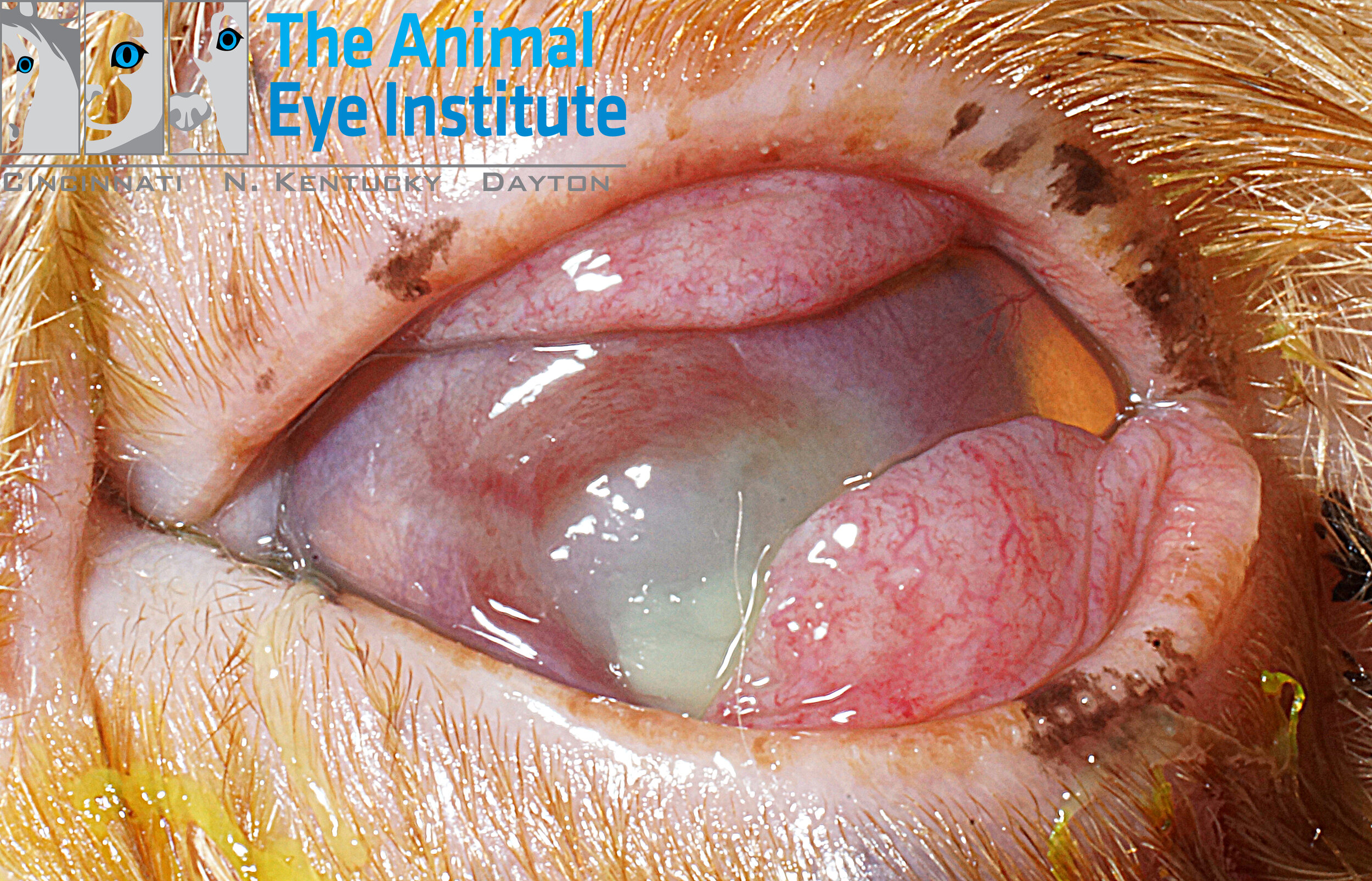


What You Need To Know About Feline Herpes Virus Vet Candy
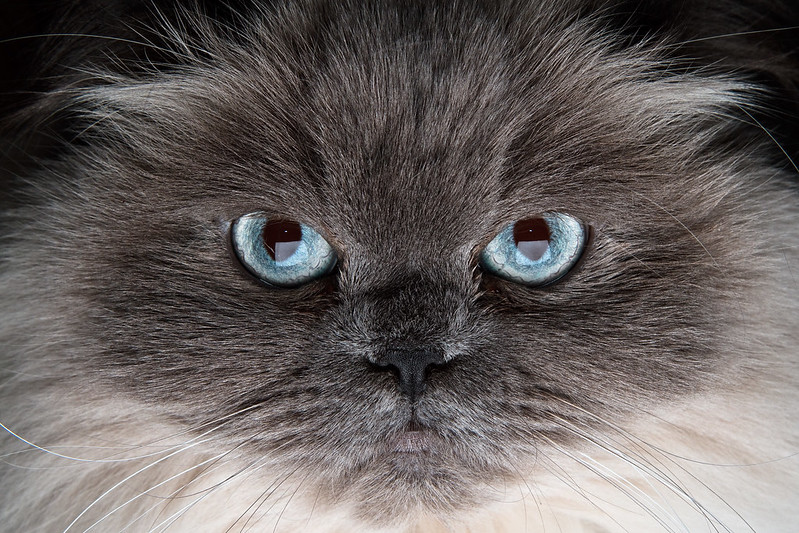


7 Feline Herpesvirus Facts You Need To Know Iheartcats Com
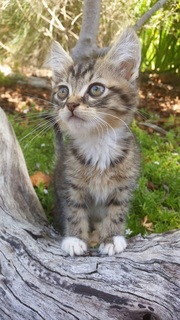


Feline Herpes Viral Keratitis Melbourne Eye Vet Dr Anu O Reilly And Dr Chloe Hardman Animal Eye Specialists


Feline Herpesvirus Infection
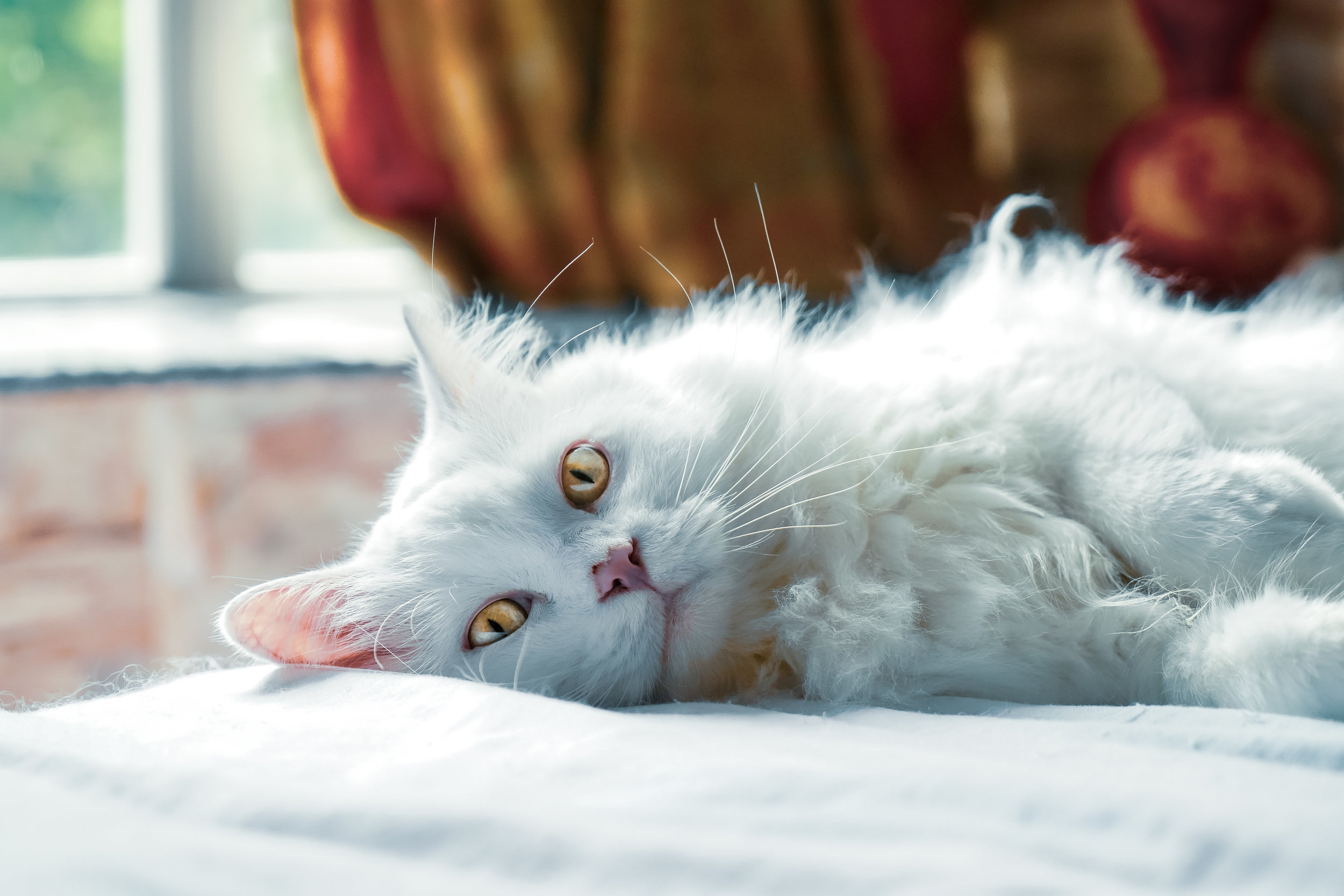


What You Need To Know About Feline Herpes Virus Vet Candy



Feline Herpes Virus Maryland Ave Pet Hospital St Paul Mn Veterinarian


L Lysine Not Useful In Herpes Virus Infection In Cats Lovepets



Asmscience Feline Herpes Virus Diagnostics
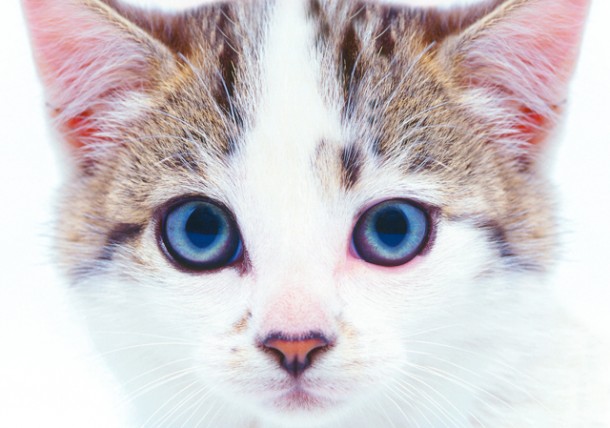


Feline Herpesvirus Feline Inflammatory Conditions Texvetpets



Herpesvirus Fhv Eye Infection In Cats Petcoach


Feline Herpesvirus Life Expectancy What You Need To Know The Pet Lovers



Yes Your Cat Can Get Herpes Here S What You Need To Know Sheknows



Treating And Preventing Feline Herpes Virus Infections



What Is Feline Herpes Virus And How Is It Managed



Feline Herpes Virus Fhv 1 For Cats Vetlexicon Felis From Vetstream Definitive Veterinary Intelligence
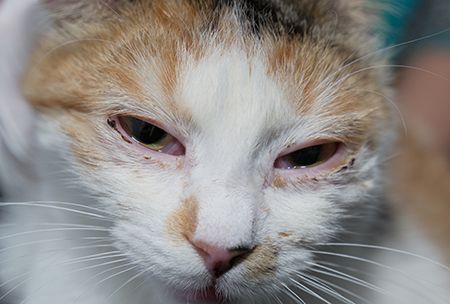


Herpesvirus And The Feline Eye Dvm 360
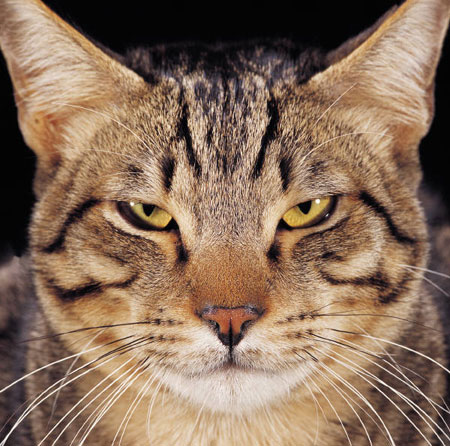


Feline Herpes Virus Fhv



Pin On Herpes



7 Feline Herpesvirus Facts You Need To Know Iheartcats Com


Feline Herpesvirus Infection



Macau Daily Times 澳門每日時報 Ask The Vet Caring For A Cat With Herpes Virus
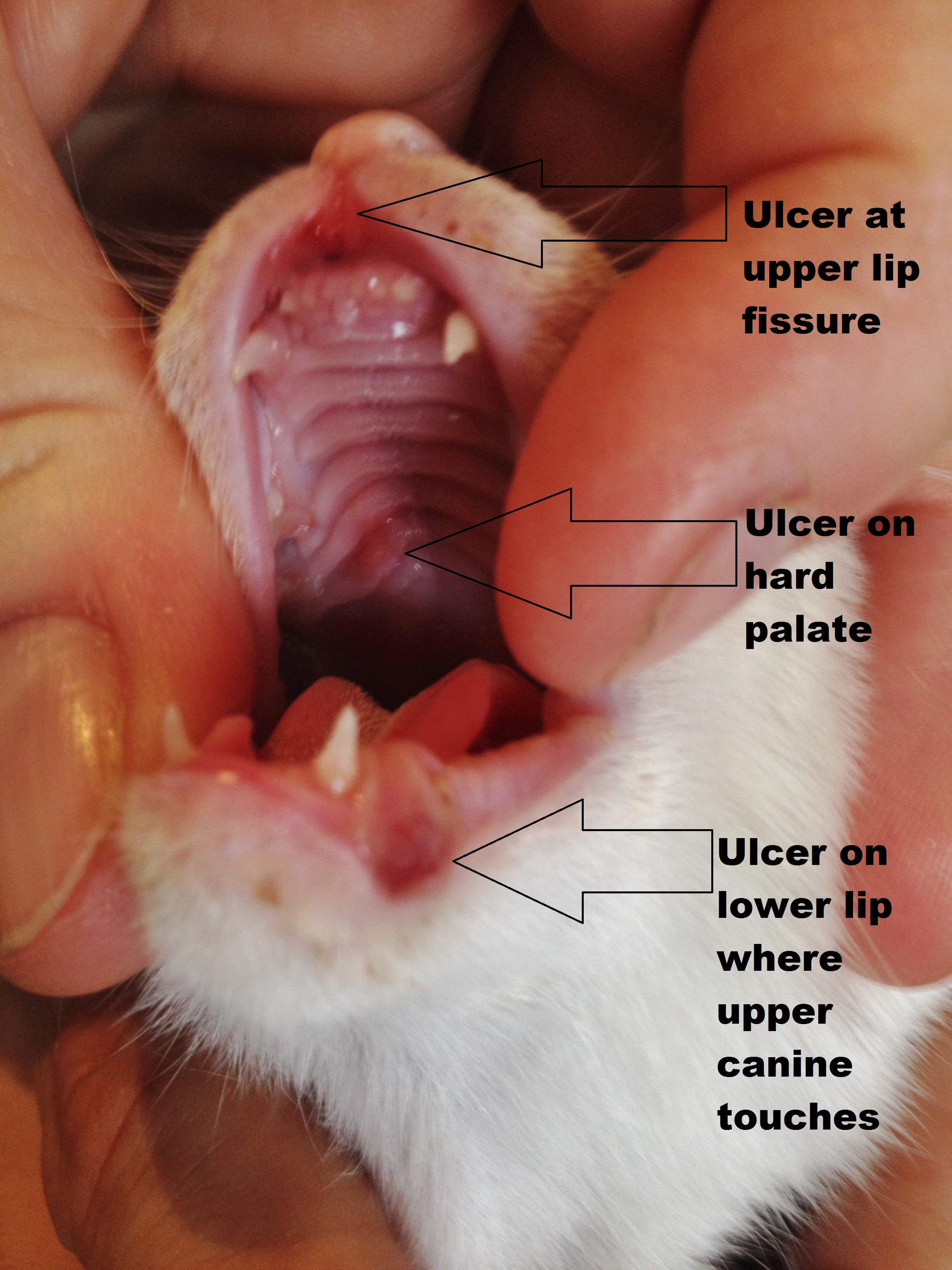


Kitty Herpes It S Not What You Think King S Ridge Veterinary Clinic
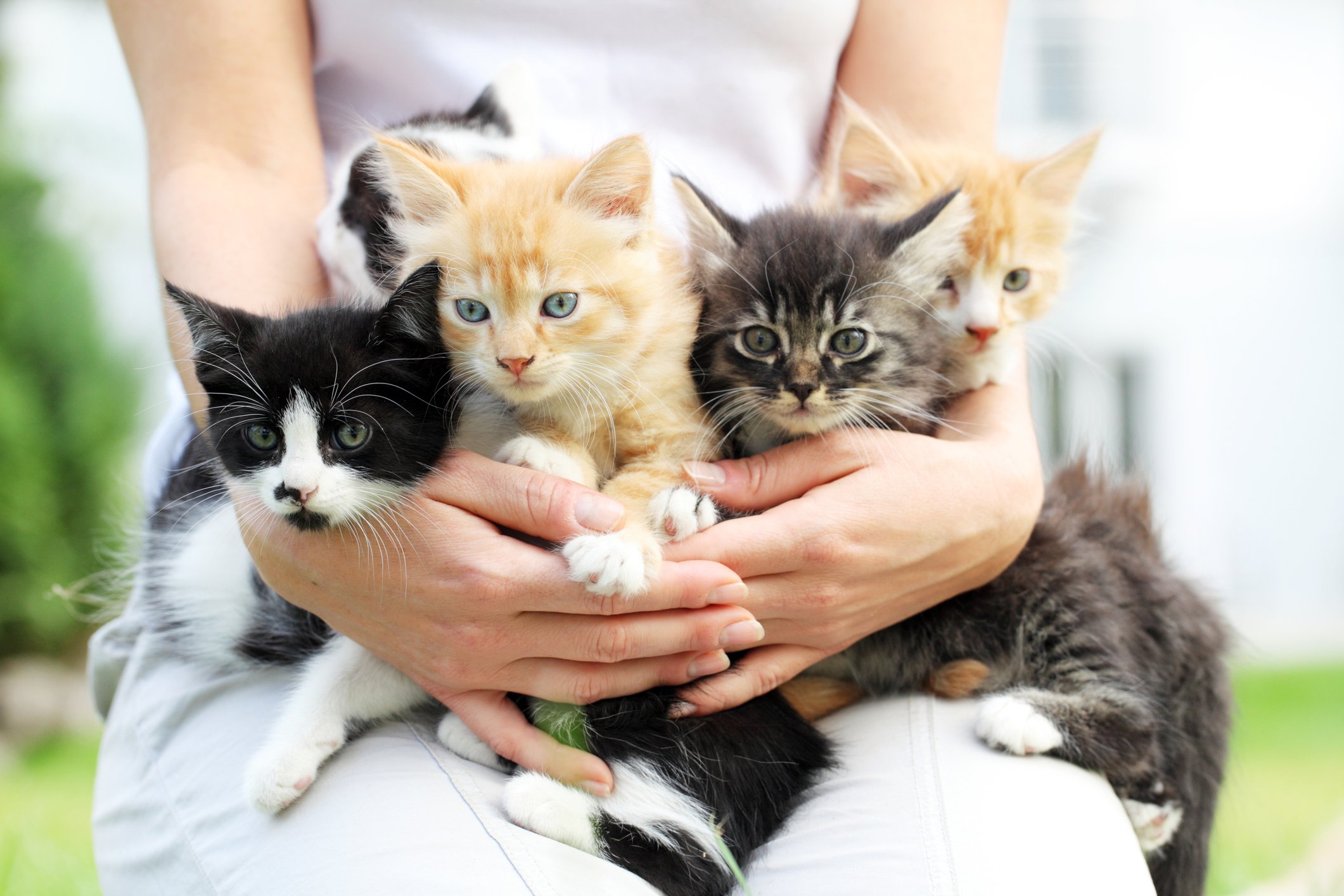


Coping With Feline Herpesvirus Tufts Catnip
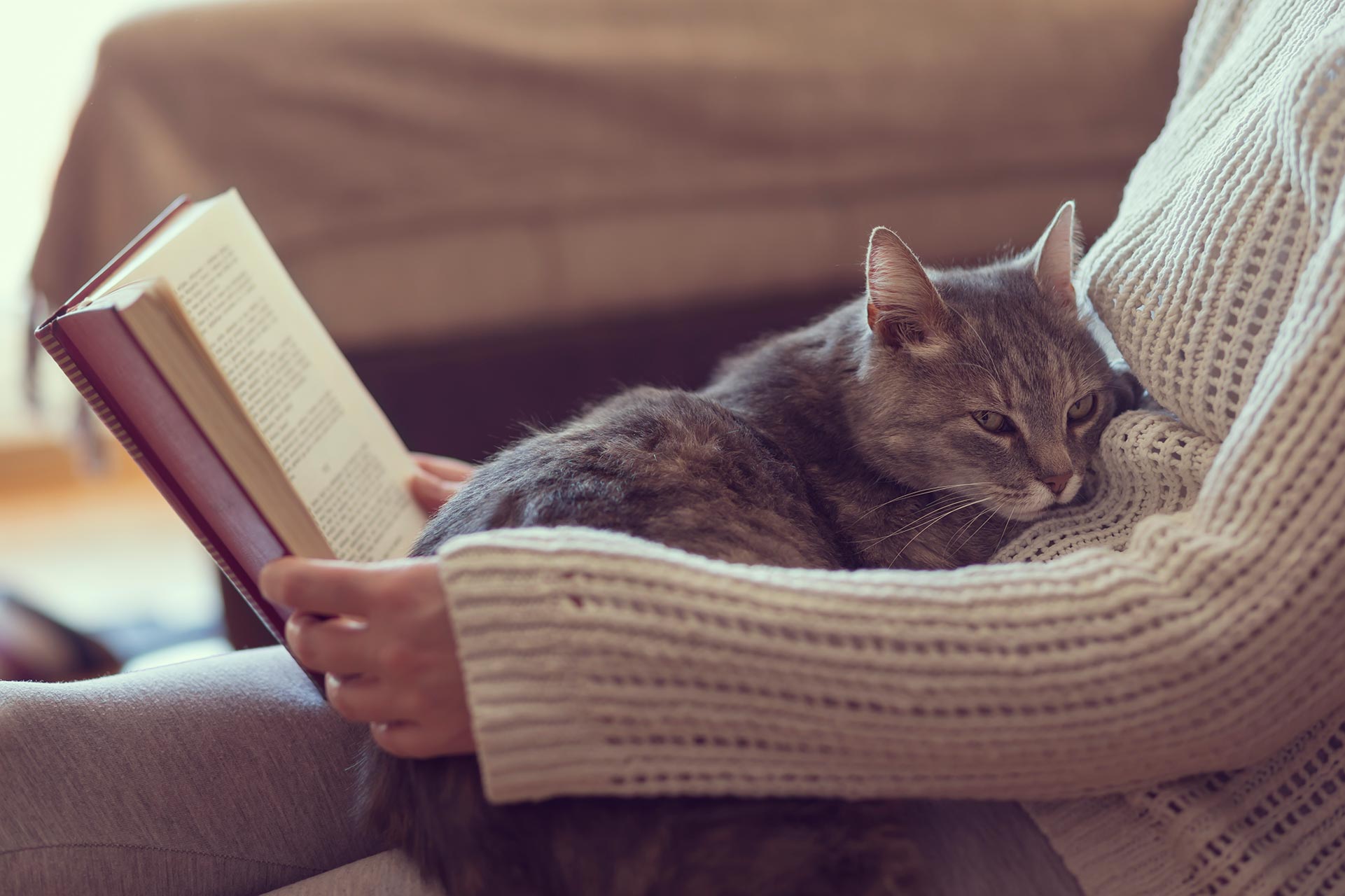


My Veterinarian Diagnosed My Cat With Feline Herpes Virus Now What My Happy Pets By Vetoquinol
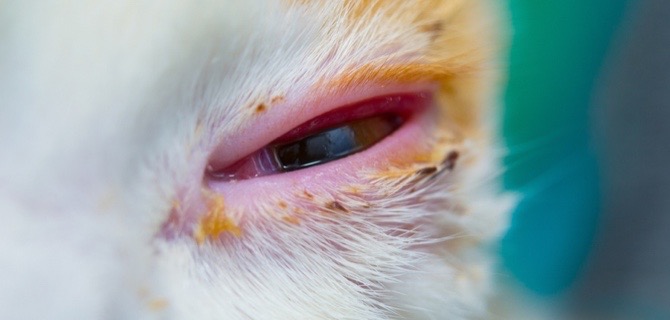


Macau Daily Times 澳門每日時報 Ask The Vet Caring For A Cat With Herpes


Feline Herpesvirus Infection



Feline Herpesvirus Therapeutic Review Mspca Angell
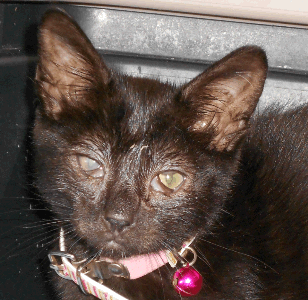


Herpes Viral Conjunctivitis A Feline Problem Veterinary Partner Vin


Feline Herpes Virus


Veterinarian Houston Heights Herpes Infection In Cats Urban Animal Veterinary Hospital Houston Heights Vet
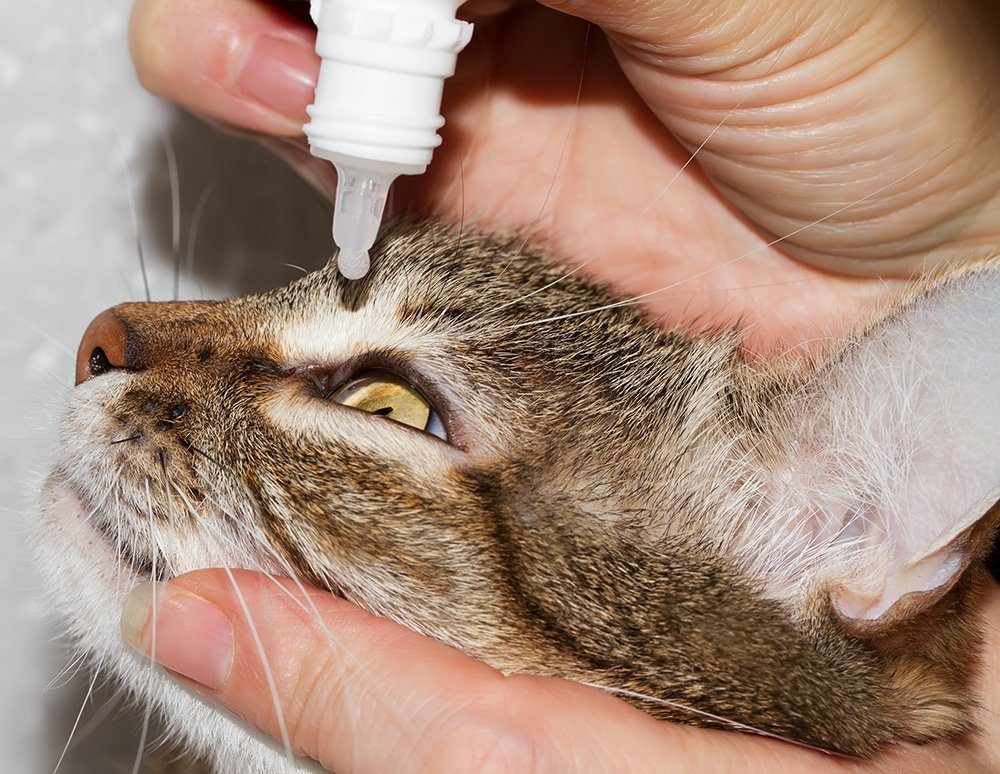


Feline Herpes In Cats And Kittens Herpesvirus Symptoms Treatment



Lysine Herpesvirus Cat Is Not Effective For Treatment Herpesvirus
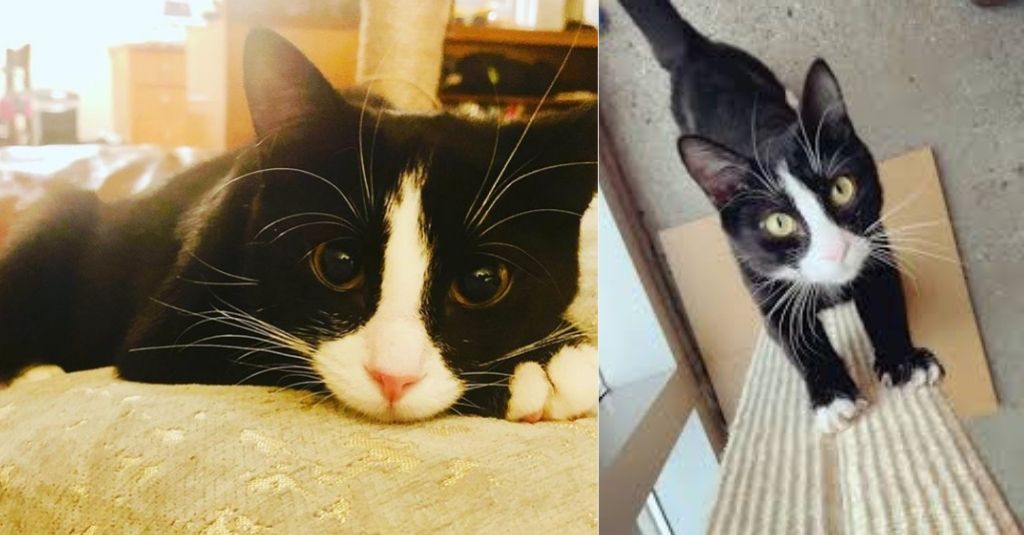


Blog Nhv Natural Pet Products



Feline Herpesvirus Ocular Manifestations Portland Veterinary Emergency And Specialty Care


Feline Herpesvirus Eye Care For Animals Eye Care For Animals



Pin On Cat Diseases



Feline Herpes Virus Fhv 1 Symptoms And Treatments


Fhv Cat
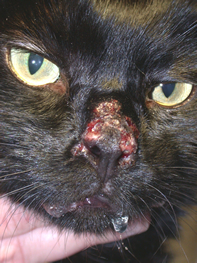


Dermatology Clinic For Animals Feline Herpes Virus Dermatitis In Tacoma Wa Dermatology Clinic For Animals



Understanding Feline Herpesvirus Fhv And How It Affects Your Cat 50 Plus Marketplace News



Understanding Feline Herpesvirus Fhv And How It Affects Your Cat



Feline Herpes Virus Fhv What You Need To Know Wood Green The Animals Charity
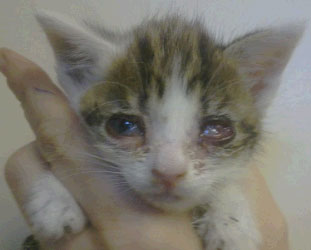


Herpes Viral Conjunctivitis A Feline Problem Veterinary Partner Vin
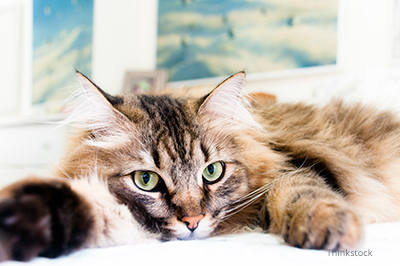


Feline Herpesvirus 101 Fhv



Neighbors Cat Gave My Cat Herpes Should They Pay Vet Bills
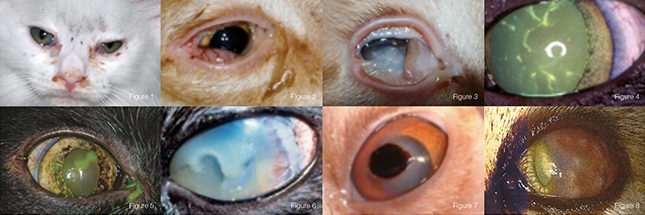


Ophthalmic Manifestations Of Feline Herpes Virus Type 1 Metropolitan Veterinary Associates



Feline Herpes Virus Best Friends Network Partners



Feline Herpes Virus Corneal Ulcer Gallery
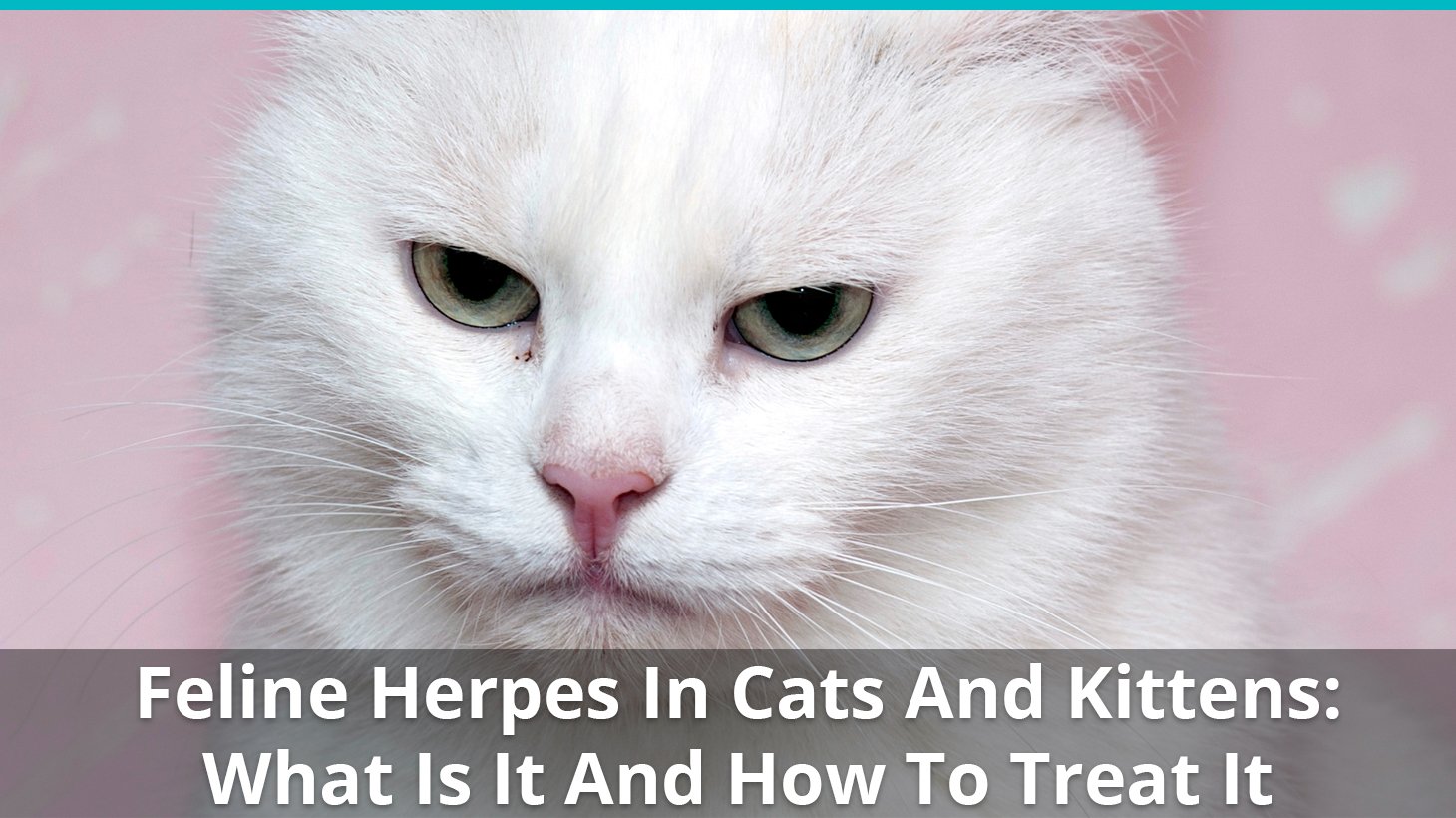


Feline Herpes In Cats And Kittens Herpesvirus Symptoms Treatment



Feline Upper Respiratory Disease And Kitten Season Fort Bragg Advocate News



Felid An Overview Sciencedirect Topics



Feline Herpes Virus Fhv What You Need To Know Wood Green The Animals Charity



Feline Herpes Northwest Animal Eye Specialists Kirkland Wa



Rhinotracheitis Called Feline Herpes Or Fvr Is Very Contagious



Feline Viral Rhinotracheitis Antigen The Native Antigen Company



Asmscience Feline Herpes Virus



Feline Herpesvirus



Feline Herpes Virus Cat Flu Cat World



0 件のコメント:
コメントを投稿